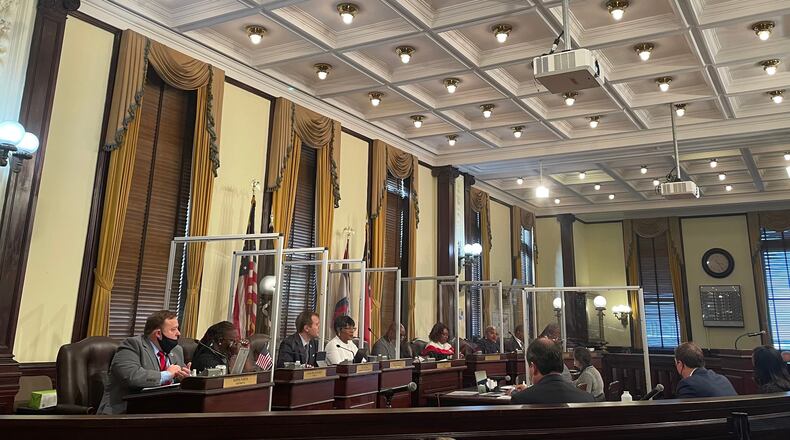As the City of Savannah begins redistricting conversationsm all six of the city's aldermanic districts can expect to see change, spurred mostly by population growth in the First District. As required by the U.S. Constitution, redistricting must take place every 10 years in line with the Census.
According to the Census, the overall population of the City of Savannah grew from 136,286 in 2010 to 147,780 as of April 1, 2020, an increase of 8.43%. Based on the city's population growth each of the city's six districts will need 24,630 residents for population to be equal.
"When you get a new Census, you get new maps... I can't stress it enough, all districts will be effected by these changes," Chatham County-Savannah Metropolitan Planning Commission (MPC) Executive Director Melanie Wilson told city council during a workshop on Thursday.
Looking at each district individually, District 1, represented by Alderwoman Bernetta Lanier, had the biggest population increase, growing from 23,107 in 2010 to 31,735 in 2020, an increase of nearly 29%.
"One of the things you're going to see is that growth that took place in District 1 came from Godley Station, the Highlands Boulevard area, which is Highland Falls, Cumberland Point and areas such as that," Wilson said.
"Those areas grew as they started developing and populating."
Credit: Katie Nussbaum
Credit: Katie Nussbaum
District 2, which includes downtown, decreased from 22,495 to 21,926; District 3 (eastside) grew from 22,817 to 24,519; District 4 (midtown) 22,127 to 22,227; District Five (westside south of Ogeechee Road and Victory Drive) 22,032 to 24,213 and District 6 (southside) 22,087 to 23,160.
Based on the 2020 population in District 1 of 31,735, approximately 7,105 residents will have to be assigned to other districts to bring the number to 24,630. The other five districts will need to receive residents in order to hit 24,630.
"District 1 is the big donor, but I want to stress that as this process moves forward everybody is going to lose something, even if you think that, 'I'm OK and my district isn't going to change.'" Wilson said.
"It very well may, because I can't arbitrarily draw lines, I have to follow the law. So you might be in great shape now, but you're probably going to pick up a couple neighborhoods because we've got to follow Census tracts, we've got to follow natural boundaries, there's just a lot of stuff that we've got to do."
The MPC staff will develop several map options based on the Census population counts in each district and city council will have the final say on the new district maps and be involved throughout the process, Wilson said.
After council agrees on the boundary changes and drafts a proposed ordinance it would be put out for public feedback, a process that can be as long or short as council wants.
"These can be out there and advertised as long as you want it to be," Wilson said.
"This process could literally be a three-to-four-month process or it could be an eight-month process. A lot of that is going to be dependent on you and how you decide you want to move forward based on the boundaries and what we've got to work with."
Thursday's presentation served as a kickoff to the process. Officials meeting could begin next month.
Katie Nussbaum is the city and county government reporter for the Savannah Morning News. Contact her at knussbaum@savannahnow.com. Twitter: KnussSMN
This article originally appeared on Savannah Morning News: City Hall Notebook: Savannah aldermanic districts to see change with redistricting
The Latest
Featured


